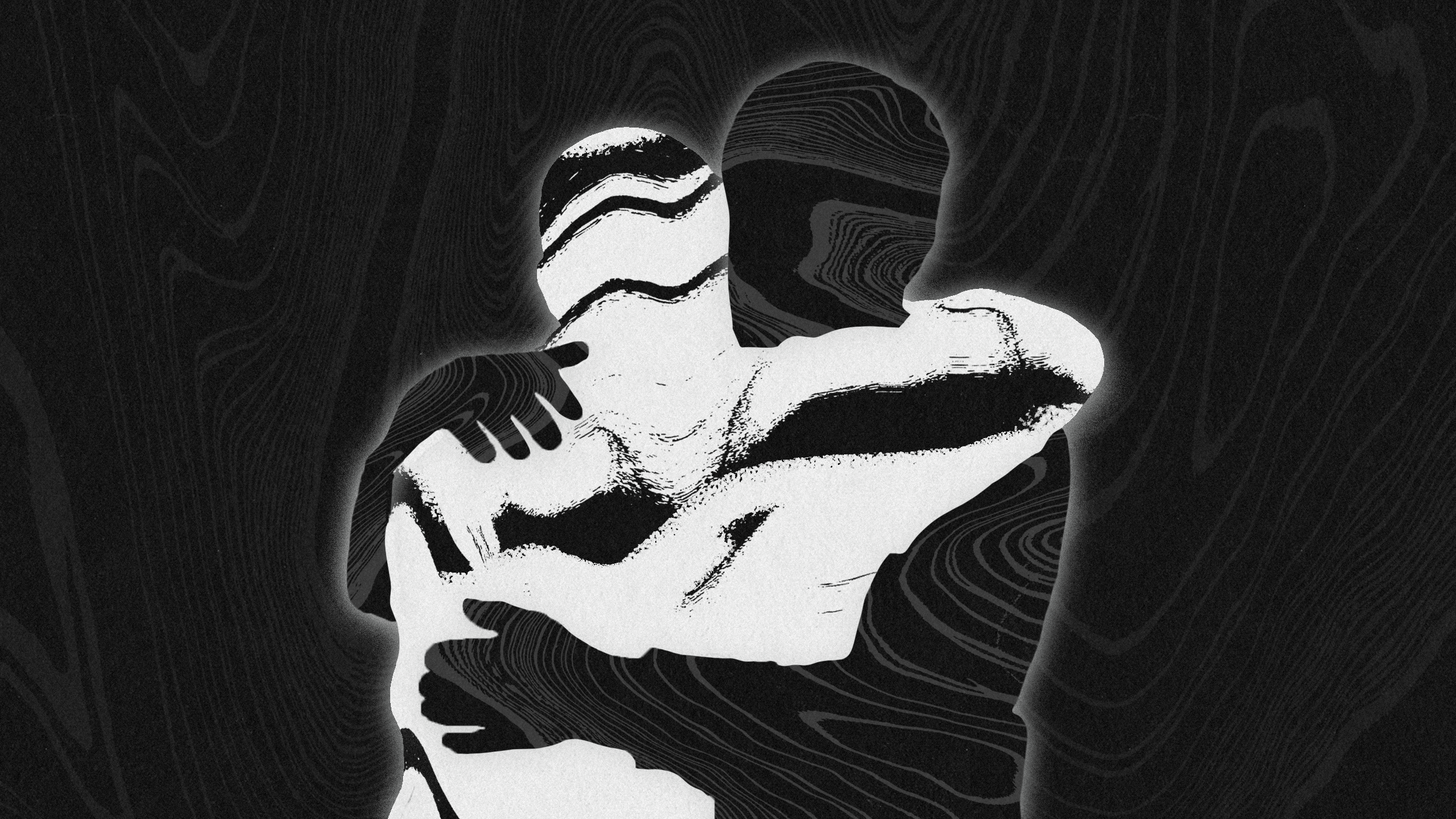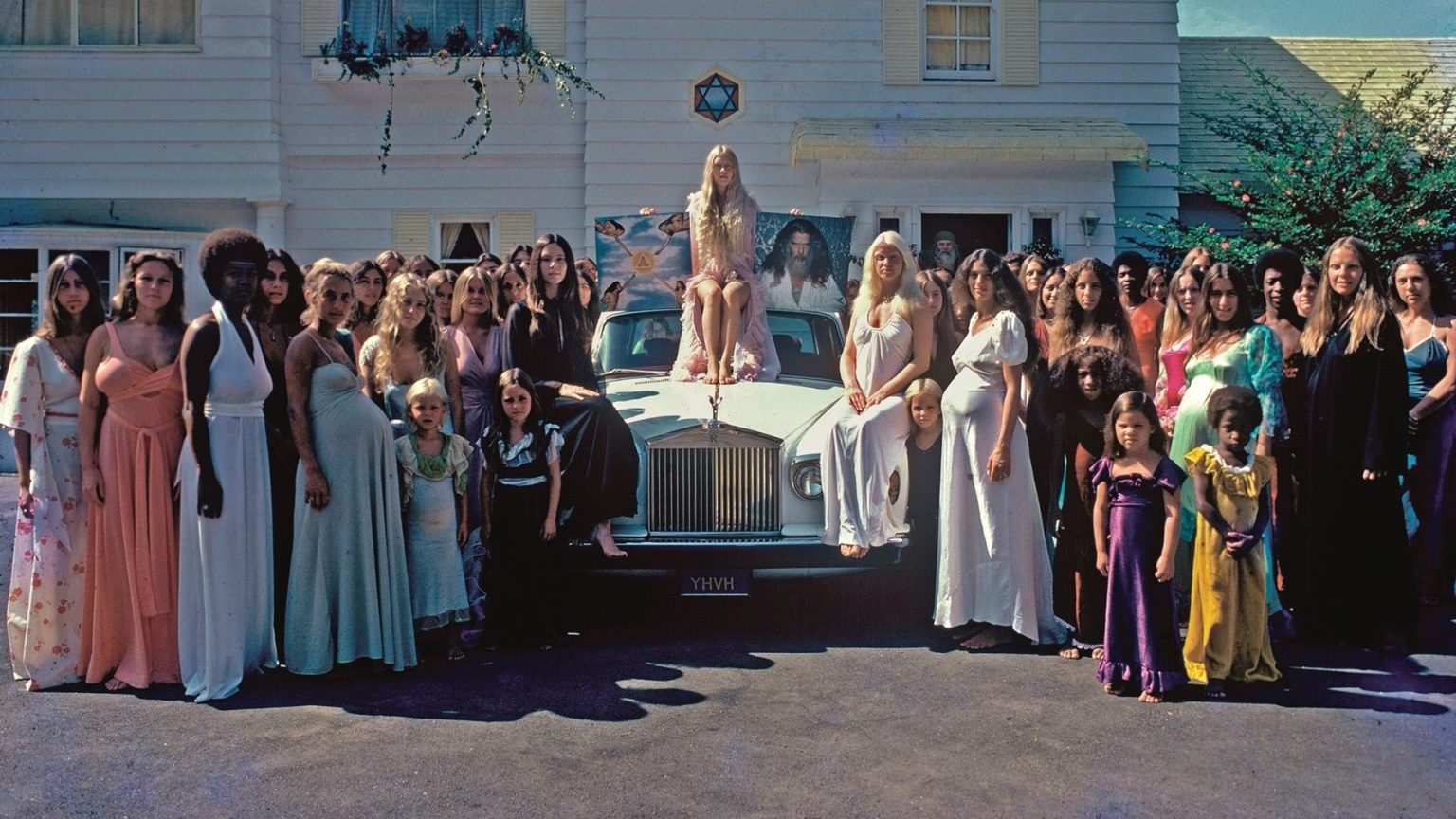The Untouchables: Groping the Art at the MoMA

Marina Abramović’s exhibition The Artist Is Present, currently at the MoMA, has drawn a lot of attention this year, as her provocative work normally does. She’s perfected the art of attracting eyes to her work for decades. Unfortunately, some people have gone beyond just looking when it comes to encountering the “Imponderabilia” part of the retrospective, in which a man and a woman stand nude and face one another in the doorway leading to the exhibition space. Touched by the roving hands of overexcited patrons, the performers of “Imponderabilia” have felt firsthand the difference between museumgoers in America and other parts of the world.
“Imponderabilia” presents the typical museum visitor with a paradox. The nude performers aren’t just people—they’re works of art, with all the same “don’t touch” rules any painting or statue enjoys. Yet, Abramović intentionally places these performers in the way of the public in hopes of some fleeting physical encounter—a momentary brush against bare skin. Abramović wants us to feel uncomfortable with the unusual placement of nude flesh, at least until we’ve overcome our inhibitions and embraced the reality of real human bodies. Alas, that metaphorical embrace gave way in some cases to actual embraces.
Thanks to one inappropriate close encounter between patron and performer, the MoMA revoked the membership of a 30-year member. “You feel good, man,” the patron told the performer post-grope. The MoMA claims that such excessive behavior has been rare, and I believe them, but the fact that it’s happened at all says a lot about how Americans fail to live up to the demands of much of the most challenging modern art.
Abramović challenges us to reconsider what it is to be human, especially how our sexuality finds a place within the complex jigsaw of our being. European audiences more familiar with and better prepared to encounter this kind of art respond appropriately. American audiences, on the other hand, afflicted with the arrested development of our puritanical cultural roots, simply can’t handle the sexual component of these concepts. Unable to handle the concepts, we can’t help but handle the art itself and touch physically and crudely what we can’t touch intellectually, emotionally, and sensitively. Trapped in a sophomoric mindset, Americans attend a perpetual high school prom in which we dance around emotions and ideas of sex and relentlessly pursue the base physicality of the act. Even in New York City, the home of the most informed art community in America, you can find people whose insecurities compel them to violate the premise of the artwork rather than stretch and grow and overcome those insecurities. It’s a simple step to slip past the two nude figures on the way to see Abramović’s art (or even to choose one of the other entrances not encumbered with flesh and fantasy). It’ll be interesting to see if Americans as a whole will ever be able to take that step in our approach to modern art.





